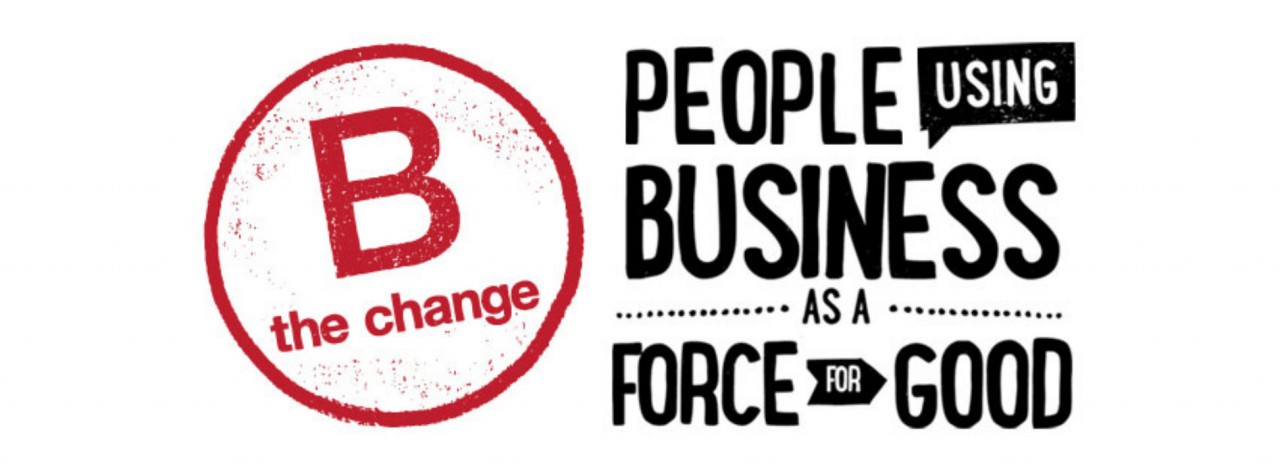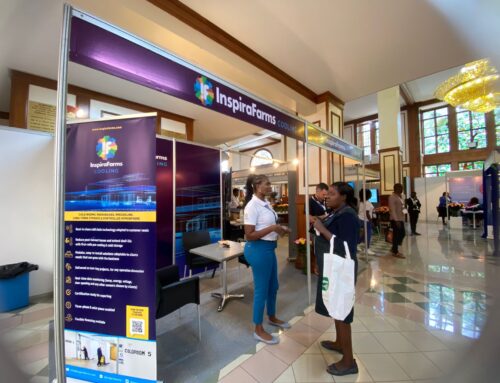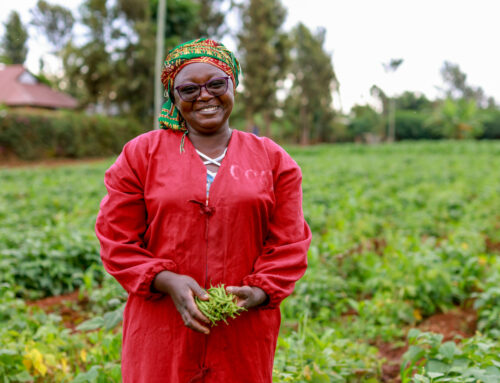6 Step Guide to Becoming a Certified B Corp
Perhaps you’re in the initial stages of research, or maybe you’ve decided to begin the process of becoming a B Corp. Here we share our experience and offer a step-by-step guide to getting certified as an official Benefit Corporation.
InspiraFarms was conceived of with a dual purpose of remedying social and environmental challenges. Having spent years working in and researching agricultural development, our founders understood the potential impact that smallholder farmers and small agribusinesses could make—if they had better access to asset investment and opportunities to diversify their business models.
In 2012 InspiraFarms’ seed was planted. And from early in our development Benefit Corporation status was a goal. Our values and objectives were perfectly aligned with the B Corp mission of using business as a force for good. We were on board and enthusiastic about the transparency and public performance assessments required to gain certification. And, we recognized the value of being part of a growing community of like-minded entrepreneurs using the market to solve socio-economic and environmental problems.
The process of certification
The B Corp certification process is rigorous and must be completed every two years to retain certification. Our initial assessment process took a while, but we found the self-evaluation to be a valuable learning experience. Not only did it provided an education on how to present our company as a force for chance, it underlined the importance of delivering continuous impact.
To date we have completed three assessments. Our main challenge has been gathering the requisite supporting documentation, which has included up-to-date financials across two countries and client impact reports.
We have summarised the steps required to achieve B Corp certification. If you believe your company already satisfies the criteria for B Corp certification, you can begin the process here.
A 6-Step Guide To Getting B-Corp Certified
-
Assign a project “owner” to ensure performance requirements are met.
A lot of effort is required for this process, so we recommend designating one owner to manage (and delegate) as needed.
-
Take the B Impact Assessment.
This assessment typically takes 2 – 4 hours. Questions will be tailored to the size and sector of your business and your answers will be given a score. Of the 200 points available, most companies typically score between 40 and 100 points on their first assessment. The qualifying threshold is 80 points.
-
Attend an interview.
After you submit your assessment, a B Lab rep will schedule a 60-minute call to review your answers. Your rep plays a dual role as both cheerleader and auditor: They want to help you achieve certification, but they will also need to interrogate your responses before presenting your application to the review board.
-
Provide supporting documentation.
Once the assessment complete, you’ll need to provide documentation that supports your claims. There is no way to predict exactly what they will request. In our case, we stated that 80% of our customers were underserved smallholder farmers and agribusinesses, so we needed to provide up-to-date evidence, including case studies, client photos and hard data on impacts generated. Our supporting documentation included such details as: the percentage by which post-harvest losses were reduced; the number of jobs created; and the impact in farmer incomes, as a percentage increase.
-
Meet legal requirements.
You may need to amend your governing documents, or adopt benefit corporation status to meet the legal requirements for certification. Your incorporation status and corporate structure will also need to be declared. This step bakes sustainability into your company’s DNA as it grows, and ensures that your mission will survive management, investor, or ownership changes.
-
Make it official!
Once you’ve passed the assessment and have met legal requirements, it’s time to sign the B Corp Declaration of Interdependence and Terms. Don’t forget, recertification is required every two years. And there is a fee, which is based on your company’s revenue.
It may not have been easy, but it was definitely worth it. In less than six years our founders Tim Chambers and Dr. Michele Bruni have brought InspiraFarms from idea to successful AgTech, serving small and growing agribusinesses throughout the developing world. We’ve grown—sustainably—into a thriving B-Corporation on a mission to transform the global food industry from the base of the pyramid up. We’re excited about our future, and the future of B Corps around the world.



